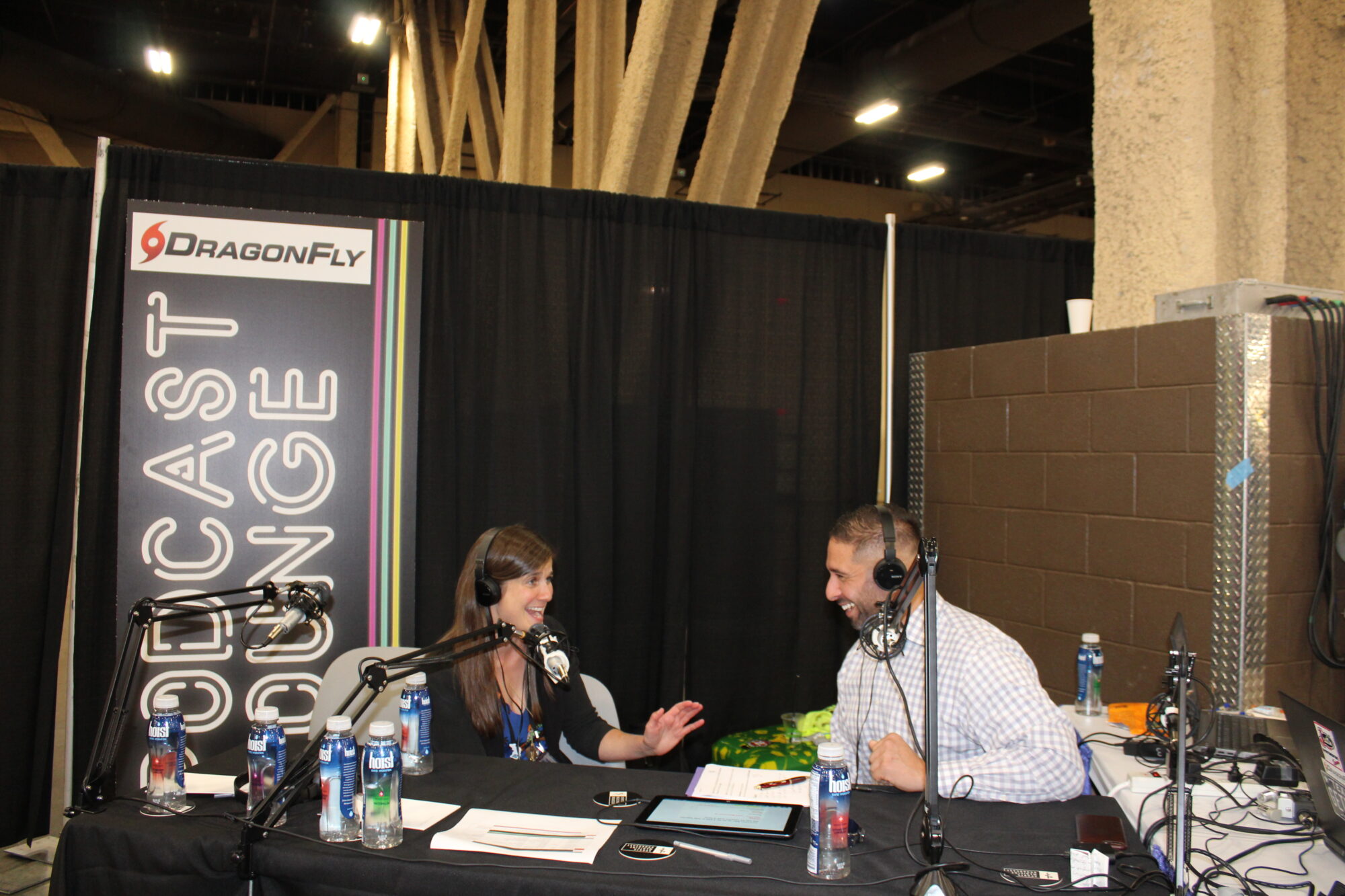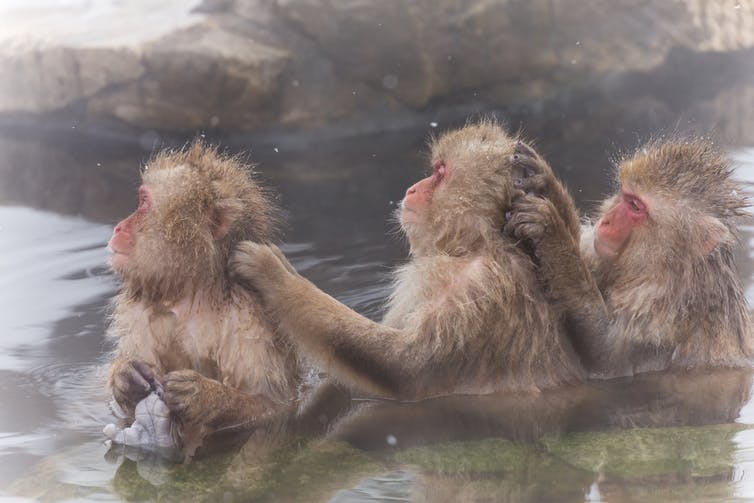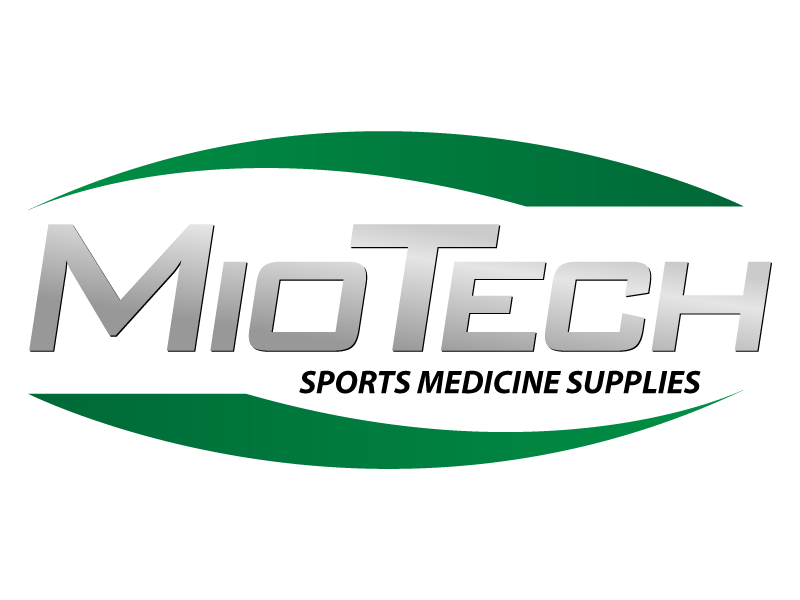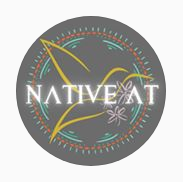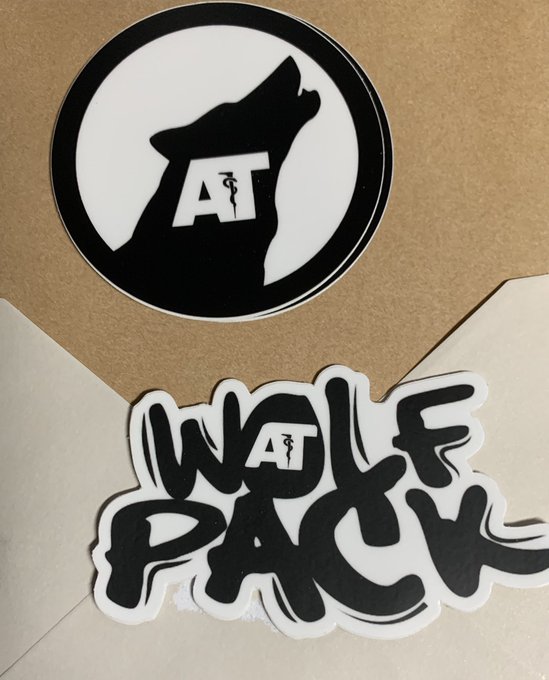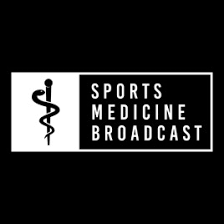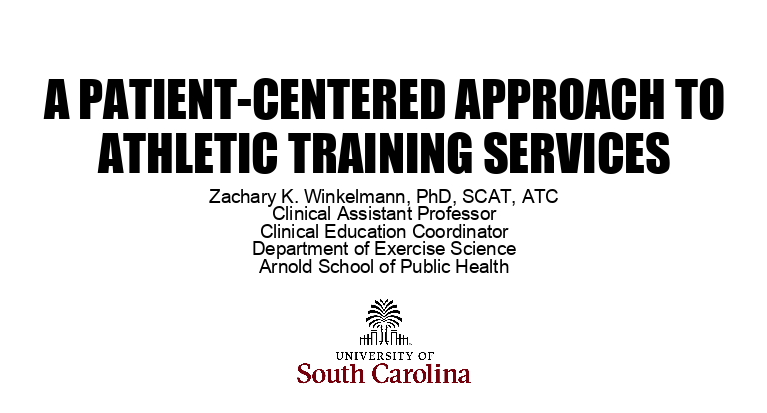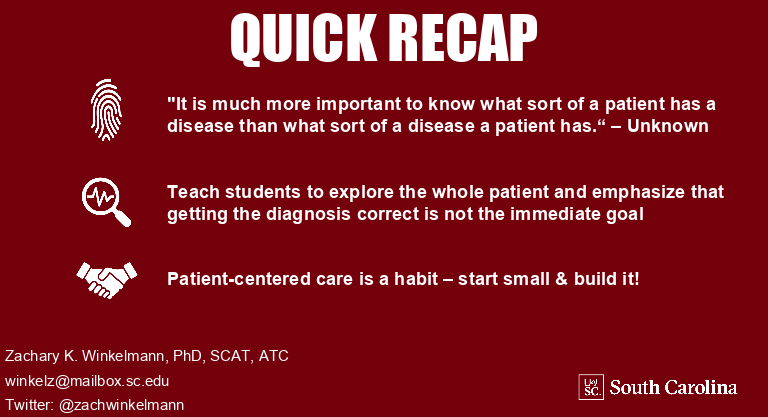Podcast: Play in new window | Download
Deanna, Kelsey and Jennifer, all Adopted ATs, share their stories to encourage others to compassion and action.
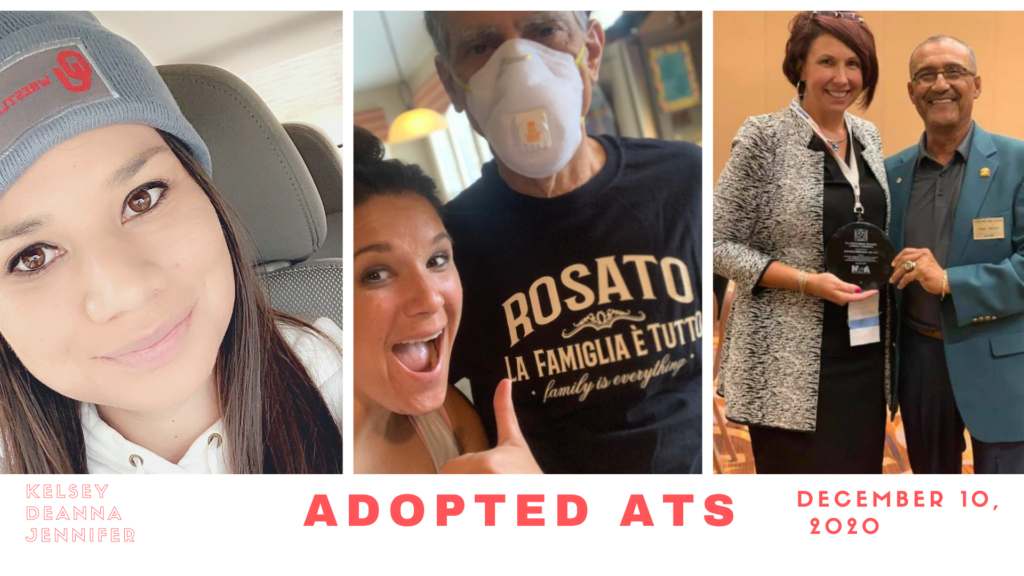
Deanna, what is your Adopted AT story?
Has a positive story
Relationships with both of her biological parents
Knew from birth that she was adopted but did not realize it until age 7
Searched for her Bio parents because of concerns with her health.
Maternal Grandparents connected with her first
Birth dad began connecting
Since 2011 Deanna has been connected to all her bio and adopted family.
Kelsey tell us about being adopted.
“I am still related to my birth family”
Born to a single mom and taken into foster care at the age of 4. The CPS workers came to daycare and picked her up that day.
Placed with aunts and uncles and began playing sports right away.
Kelsey wanted to be a doctor and then got hurt as a freshman in high school and went to get treated by her Athletic Trainer.
College would not have been an option if she had not been adopted.
Jennifer share your Adopted AT story
Adopted at birth in 1967 from a single mother
Born Christmas day and was moved through foster homes to help hide the paper trail.
Jennifer’s mom was a nurse and her dad was a teacher
Mom took her to medical workshops once she showed an interest in the medical field.
Her mom passed away in 2008 and her dad began searching for info on her bio mom.
Has not connected with her bio parents.
“Mamma Rheeling” has taken children into her home to unofficially foster and give them a safe place to stay.
Her goddaughter lives with her now
Adoption opens her up to compassion
She has always known she was adopted.
Speak to prospective adoptive parents.
Jennifer – Being a parent is something that comes from your heart. It is hard either biological or adoptive.
If you want to make it work then you will find a way to.
Deanna – I love God and in turn I love people.
Kelsey – Fostering can be hard. There will be trauma
We would not be who we are today without someone stepping in.
Watch Adopted ATs on Facebook
https://www.facebook.com/980579115403772/videos/381220533183664
Contact us:
Deanna – dmelancon@brortho.com
Kelsey – grahamke@pryorschools.org
Jennifer – jennifer.rheeling@gmail.com
Jeremy – info@sportsmedicinebraodcast.com
Sponsors
Frio Hydration – Superior Hydration products.
Xothrm – Best heating pad available – Use “SMB” or email info@xothrm.com and mention the Sports Medicine Broadcast
Donate and get some swag (like Patreon but for the school)
HOIST – No matter your reason for dehydration DRINK HOIST
MedBridge Education – Use “TheSMB” to save some money, be entered in a drawing for a second year free, and support the podcast.
Marc Pro – Use “THESMB” to recover better.
Athletic Dry Needling – Save up to $100 when registering through our link.

